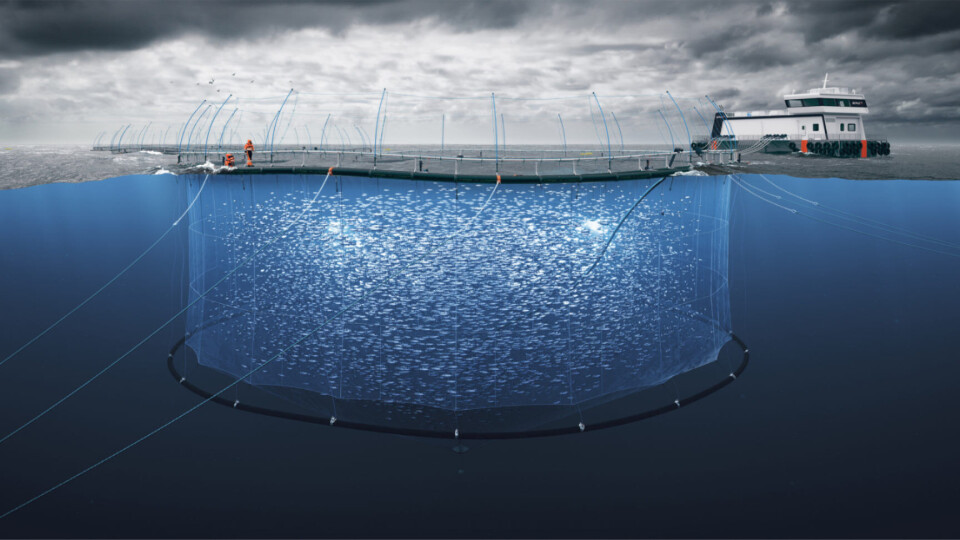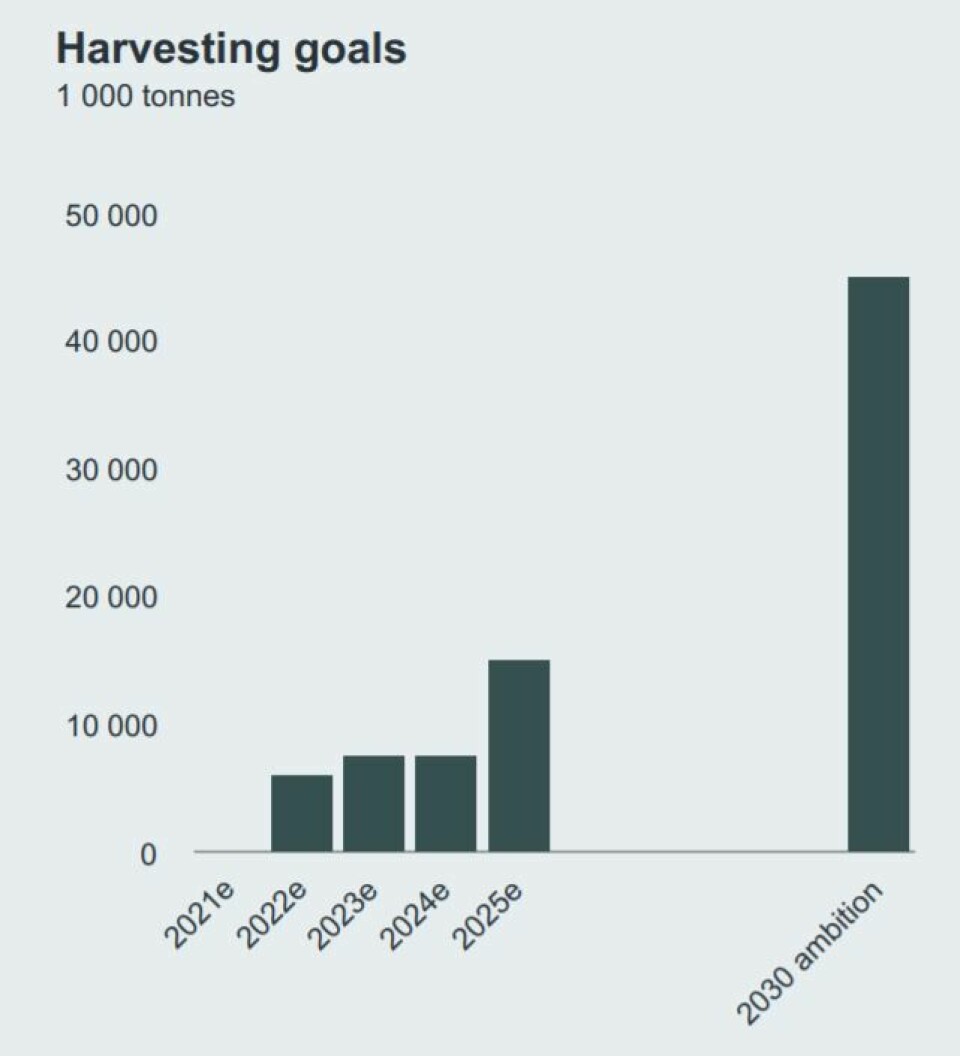
Grieg gears up to put first smolts in NL farms
Grieg Seafood will transfer the first smolts into its new sites in Placentia Bay, Newfoundland this summer as it takes another step towards achieving its ambition of producing 45,000 tonnes of salmon annually by 2030 in the Atlantic Canada province.
The Norwegian company’s Grieg Seafood Newfoundland subsidiary has exclusive farming rights to the bay and has so far been granted eight seawater licences, with more applied for.
Grieg has been building a freshwater and saltwater recirculating aquaculture system (RAS) facility in Marystown, close to Placentia Bay, and said in its first quarter report that the first production units - the hatchery, nursery and the smolt unit - are almost completed. The units have been dimensioned to serve upcoming post-smolt modules.

Triploid salmon
The company is using triploid salmon hatched from ova supplied by Benchmark Genetics in Iceland.
“Our seawater licences in Newfoundland require use of sterile all-female salmon in order to eliminate the risk of genetic pollution of wild Atlantic salmon in case of escape,” added Grieg.
“We base our operations on developed knowledge and experience about farming triploid salmon in both Norway and the UK. Best practice we will utilise includes optimal times of the year to transfer fish to the sea, the feed composition, conditions during the freshwater phase etc.
“The first generation of eggs was delivered to our freshwater facility in July 2020. The freshwater production in the quarter has been stable, and the results so far are proving a very robust and well-performing first generation. We expect to transfer 1 million smolt to the sea in summer 2021, with harvest starting in 2022.”
Optimal oxygen levels
Grieg said the sites and production areas chosen in Placentia Bay are at least 100 metres deep, have good currents and optimal oxygen levels, and there are no known algae issues in the area.
“The sites are exposed to high seas and will be equipped with state-of-the-art technology and systems for harsh environments. Forty-metre-deep pens and underwater feeding will allow the fish to stay below layers of super-chilled or potentially warm water.”
Grieg added that the construction of the pens to accommodate the first generation of smolts to sea has been completed, and marine staff were busy preparing the sea sites for the fish to be transferred.
“We are well prepared with equipment, employees and knowledge of biological conditions, which enables us to provide a solid and safe production. By 2025, we expect to reach an annual harvest volume of 15,000 tonnes,” said Grieg.






















































